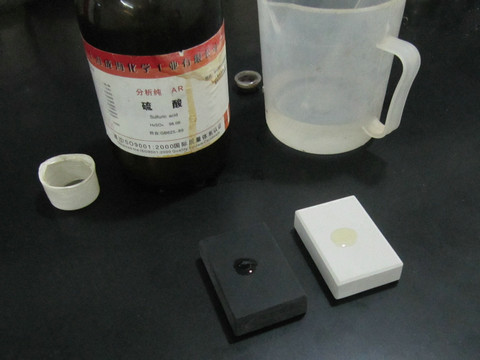Lab sinks
- Lab sinks commonly use a variety of materials. For instance, epoxy is a popular choice due to its chemical resistance; similarly, PP (polypropylene) offers excellent durability and resistance to harsh substances. In addition, stainless steel widely adopte for its sturdiness and ease of cleaning, while ceramic, too, remains a common option, valued for its smooth surface and resistance to staining.
- Epoxy resin sinks are resistant to strong acids and alkalis, as well as high temperatures, impacts, and moisture. Their non – porous surfaces are antibacterial and easy to clean.
- PP sinks are cost – effective, resistant to various chemicals, lightweight, and easy to install and maintain.
- Stainless steel sinks are durable, corrosion – and high – temperature – resistant, suitable for a variety of laboratory scenarios, and effortless to clean and maintain.
- Ceramic sinks have excellent high – temperature resistance, strong corrosion resistance except to hydrofluoric acid (HF), and also feature scratch resistance and antibacterial properties.

- It use for cleaning laboratory ware.
- Beakers, flasks, test tubes, and other glassware or metal tools need to thoroughly wash after experiments.
- The sink provides a convenient space for this process. Its material is carefully selected to withstand the chemicals used during cleaning.
- These sinks are made of corrosion resistant materials like epoxy resin, pp, stainless steel,ceramic to handle acidic or basic cleaning solutions.
- We are a supplier of laboratory sinks, offering a wide range of corrosion – resistant sinks essential for laboratories.
- Among them, epoxy resin sinks have distinct advantages.
- Not only do they boast excellent quality, but they also stand out for their high cost – effectiveness.
- In addition, we provide customization services, tailoring epoxy sinks of various specifications to meet our customers’ specific needs.
Epoxy resin sinks
Epoxy worktops
Sinks Specification
| Feature | Cost performance and durabilty |
| Code | M356 |
| Material | Epoxy Resin |
| Type | Lipped sink |
| Color | Off White |
| Surface finish | Honed |
| SGS cetificate | SEFA3-2010 |
| Installation method | Drop in , Undermount |
| Inner size | 356x254x152 |
| Flange thickness | 8 |
| Application | University ,High school |
| Cost | M |
| Mini ordere | 30 |
Application

Strong chemical resistance

SGS cretificate

Professional epoxy resin sinks supplier
